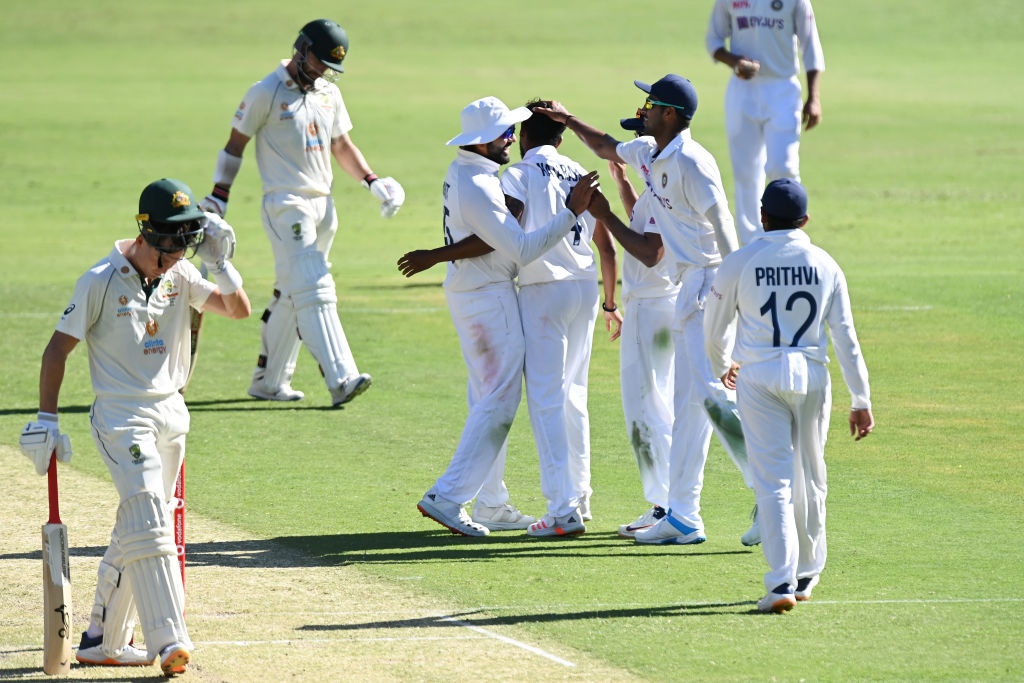
Former Indian skipper Sunil Gavaskar has lamented the inability of the Indian bowlers to dismiss the tailenders of various teams over the years. In the fourth match Test against Australia at the Gabba, the team faced a similar problem in the final session of the day’s play. India had taken three wickets in the first session of play. Despite picking two quick wickets for just 13 runs just after lunch, their bowlers failed to clean up the tail. Australia, in turn, scored 120 runs in the final session of play ending the day on 274/5.
While praising the effort of the Indian bowlers, Sunil Gavaskar pointed out India’s inability of cleaning up the tail over the years. Speaking to Sony Sports Network, the former Indian skipper highlighted the age-old problem once again.
Also Read: Sunil Gavaskar vs Tim Paine
“The Indian bowlers get the first wickets but they struggle to get the last five wickets,” Gavaskar said to start off the debate.
Also Read: Australian Fans Target Mohammed Siraj Yet Again At The Gabba
He then spoke about how the Indian bowlers allowed the Australian lower-middle order to get away with the game. Tim Paine (38) and Cameron Green added an unbeaten stand of 61 runs off 128 balls to pile on the problems for the India bowlers who are without their strike bowlers.
“India at least till tea time were controlling the game. If they got another couple of wickets then you could’ve said the day was India’s India had a really good chance of restricting Australia if they had got another wicket but this unbeaten partnership as taken it towards Australia,” Gavaskar said.
Sunil Gavaskar Laments India’s Inability to Clean Up Tailenders
Sunil Gavaskar further said that not being able to take the final five wickets has been India’s problem since 1932 when they first played international cricket.
“Like it has happened since 1932, when India played their first game in England, they had England’s top five out for a low score and the last five added a lot of runs. So that has been the story of Indian cricket. I’m only hoping they don’t struggle as much as 1932 or subsequently and they restrict Australia to maybe 350 or thereabouts,” Gavaskar concluded saying.






